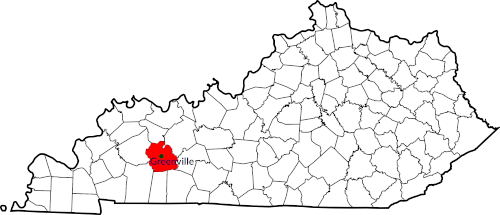



Saturday, 22 November 2014 by Obiora Embry
Greenville, KY
The 2 boxes for the honeybees were smudged with white sage in a clockwise direction.
After getting smudged with white sage the southern forest was smudged in the clockwise direction prior to the transplanting of our trees—babies. The following trees were (trans)planted in the southern forest:
- Newtown Pippin
- Black Twig
- Arkansas Black
- Conference
- Red Clapp’s Favorite
- Anjou (Beurre d’ Anjou)
- Frost
- J.H. Hale
- Dixon
- Cypress
- Roughleaf Dogwood
- Grey Dogwood
- Green Ash
- White Ash
- River Birch
- Eastern Redbud
- Black Walnut
- Yellow-Poplar
- Hazelnut
- Southern Red Oak
- Wild Black Cherry
After the trees were transplanted I sowed Mix 179 ‐ Waterway Runoff Erosion Control around the forest garden border on the eastern side and within the forest on the western side. Then I sowed Mix 207 ‐ All Region Erosion Control Mix, Mix 208 ‐ Southern Erosion Control, and Mix 201 ‐ Native Strip Mine & Gas Production in the barren areas to the North of the southern brush pile. Lastly I sowed the Steep Slope Stabilization mix in the areas with steep slopes.


